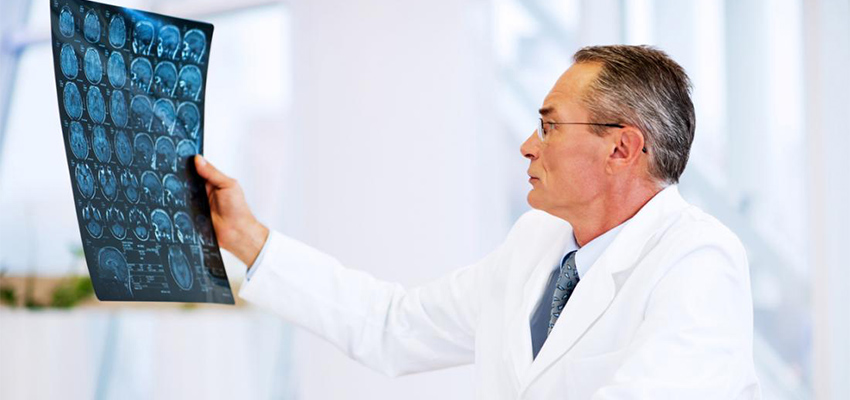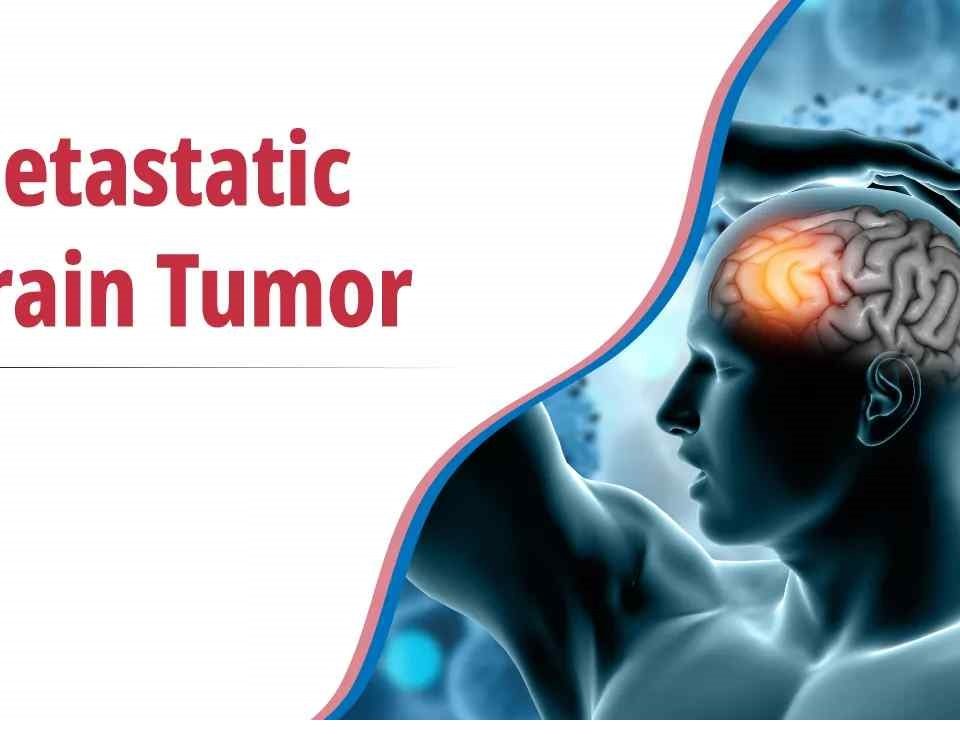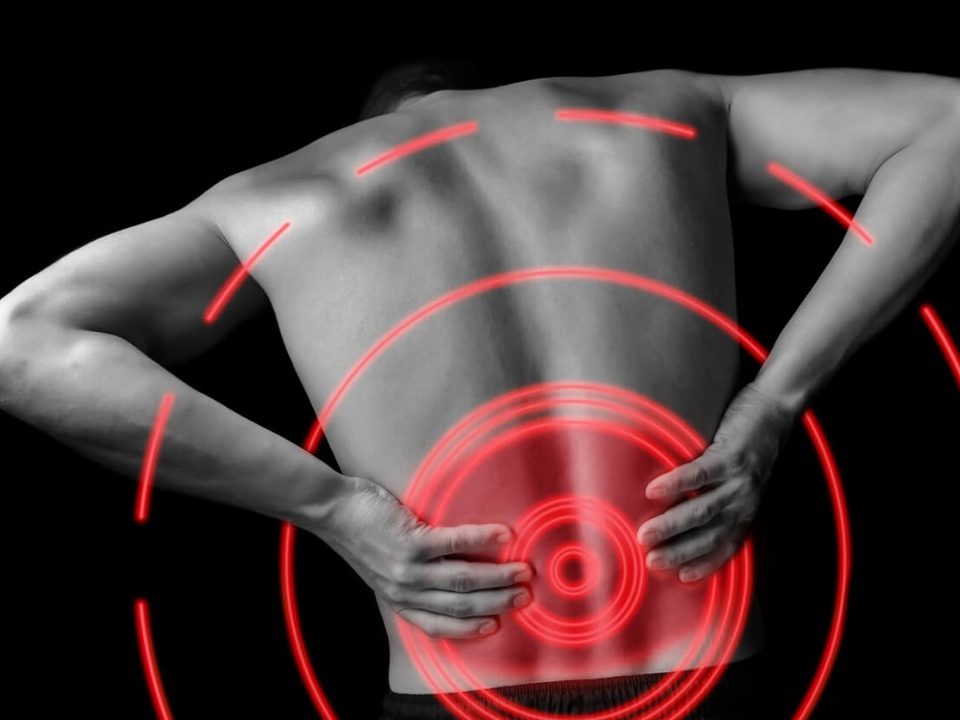It’s no secret your brain is one busy place—neurons move at incredible speeds, synapses are constantly firing, blood is pumping, and glands are producing hormones. These glands, specifically the hypothalamus and pituitary, are working all the time to keep your body running at optimal performance. Every hormone the endocrine system releases follows a basic set-up: a signal is received, hormones are secreted, and the target cell undergoes changes to its basic functions.
The almond-sized hypothalamus is located below the thalamus and sits just above the brainstem. All vertebrate brains have a hypothalamus. Its primary function is to maintain homeostasis (stability of the internal environment) in the body. The hypothalamus links the nervous and endocrine systems by way of the pituitary gland. Its function is to secrete releasing hormones and inhibiting hormones that stimulate or inhibit (like their names imply) production of hormones in the anterior pituitary. Specialized neuron clusters called neurosecretory cells in the hypothalamus produce the hormones Antidiuretic Hormone (ADH) and Oxytocin (OXT), and transport them to the pituitary, where they’re stored for later release.
The hypothalamus oversees many internal body conditions. It receives nervous stimuli from receptors throughout the body and monitors chemical and physical characteristics of the blood, including temperature; blood pressure; and nutrient, hormone, and water content. When deviations from homeostasis occur or when certain developmental changes are required, the hypothalamus stimulates cellular activity in various parts of the body by directing the release of hormones from the anterior and posterior pituitary glands.
The hypothalamus is a region of the brain that controls an immense number of bodily functions. It is located in the middle of the base of the brain, and encapsulates the ventral portion of the third ventricle. The pituitary gland, also known as the hypophysis, is a roundish organ that lies immediately beneath the hypothalamus, resting in a depression of the base of the skull called the sella turcica (“Turkish saddle”).
As will be emphasized in later sections, secretion of hormones from the anterior pituitary is under strict control by hypothalamic hormones. These hypothalamic hormones reach the anterior pituitary through the following route:
- A branch of the hypophyseal artery ramifies into a capillary bed in the lower hypothalamus, and hypothalmic hormones destined for the anterior pituitary are secreted into that capillary blood.
- Blood from those capillaries drains into hypothalamic-hypophyseal portal veins. Portal veins are defined as veins between two capillary beds; the hypothalamic-hypophyseal portal veins branch again into another series of capillaries within the anterior pituitary.
- Capillaries within the anterior pituitary, which carry hormones secreted by that gland, coalesce into veins that drain into the systemic venous blood. Those veins also collect capillary blood from the posterior pituitary gland.
Communication between the hypothalamus and the posterior pituitary occurs through neurosecretory cells that span the short distance between the hypothalamus and the posterior pituitary (through the infundibulum). Hormones produced by the cell bodies of the neurosecretory cells are packaged in vesicles and transported through the axon, and stored in the axon terminals that lie in the posterior pituitary. When the neurosecretory cells are stimulated, the action potential generated triggers the release of the stored hormones from the axon terminals to a capillary network within the posterior pituitary.
There are five anterior pituitary cells that secrete seven hormones:
- Somatotrophs: Secrete human growth hormone (hGH), aka somatotropin, which stimulates tissues to secrete hormones that stimulate body growth and regulate metabolism.
- Gonadotrophs: Secrete follicle-stimulating hormone (FSH) and luteinizing hormone (LH), which both act on the gonads. They stimulate the secretion of estrogen and progesterone, maturation of egg cells in the ovaries, and stimulate sperm production and secretion of testosterone in the testes.
- Lactotrophs: Secrete prolactin (PRL), which initiates milk production in the mammary glands.
- Corticotrophs: Secrete adrenocorticotropic hormone (ACTH), which stimulates the adrenal cortex to secrete glucocorticoids (like cortisol). Also secretes melanocyte-stimulating hormone (MSH).
- Thyrotrophs: Secrete thyroid-stimulating hormone (TSH), which controls secretions of the thyroid gland.
While the anterior lobe shoulders most of the work in producing hormones, the posterior lobe stores and releases only two: oxytocin and antidiuretic hormone (ADH), or vasopressin.
- Oxytocin (OT) secretes in response to uterine distention and stimulation of the nipples. Stimulates smooth muscle contractions of the uterus during childbirth, as well as milk ejection in the mammary glands.
- Antidiuretic hormone (ADH), or vasopressin secretes in response to dehydration, blood loss, pain, stress; inhibitors of ADH secretion include high blood volume and alcohol. Decreases urine volume to conserve water, decreases water loss through sweating, raises blood pressure by constricting arterioles.
Reference:
http://www.vivo.colostate.edu/hbooks/pathphys/endocrine/hypopit/anatomy.html
https://www.visiblebody.com/blog/endocrine-system-hypothalamus-and-pituitary



